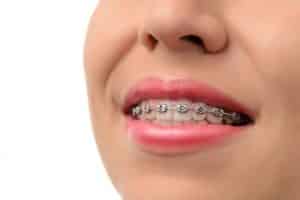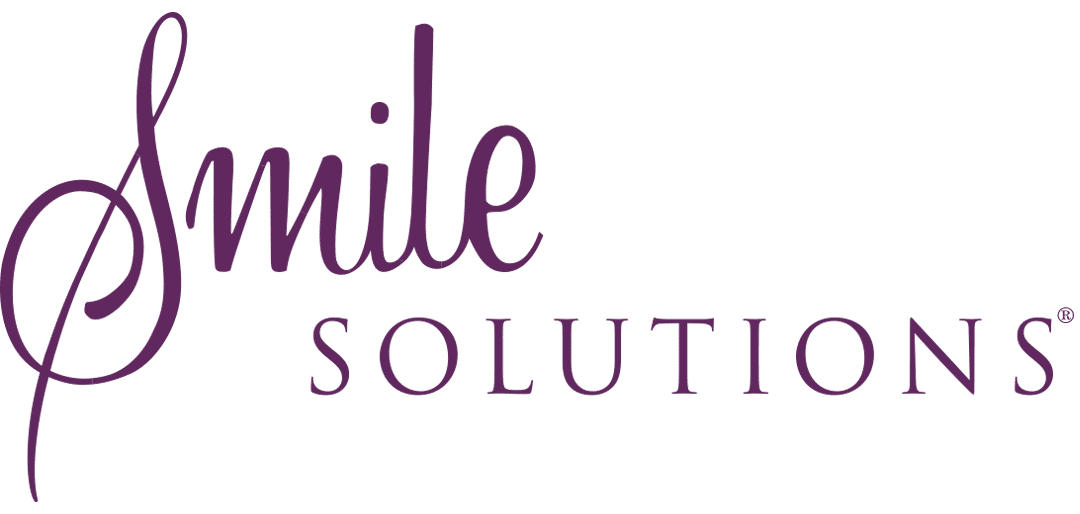Patients often ask me to outline for them the relative advantages and disadvantages of conventional braces, lingual braces and Invisalign and which are more cost-effective? Every appliance works slightly differently, and the best type of treatment must be individually prescribed.
Firstly, it is important to understand the difference between the experience and expertise of a specialist orthodontist and those of a general dentist. As a specialist orthodontist, I perform just one type of treatment every day: the alignment of teeth. On the other hand, a general dentist may treat only a handful of orthodontic cases per month or even per year. I guarantee you that I, as a specialist orthodontist, will ensure your treatment plan is right for you.
What are the advantages/disadvantages of conventional braces?

Conventional braces, or “labial” braces (fixed to the “cheek” side – or outside – of the teeth), are the most common and best known orthodontic appliance. Braces have been around for a very long time, so there is ample scientific evidence to prove their efficiency. They are suitable for patients of all ages; and can correct severely rotated teeth and deep bites and can easily close extraction spaces and align impacted teeth (such as upper canines). Braces are fixed to the teeth and not removable like Invisalign, so are constantly working.
Originally made from stainless steel making them silver in colour, conventional braces are now also available in a more aesthetically pleasing ceramic material preferred by most adults. Due to the nature of the material, ceramic braces can chip, whereas this will not happen with metal braces.
As conventional braces are fixed to the front of the teeth, they are not removed for eating. Rather, the patient can eat whatever they like (within reason) with the braces on as long as they brush and then floss after each meal. Patients who do not practise good oral hygiene may develop white spot lesions on the teeth. These white areas, only apparent when the braces are removed at the end of treatment, are the beginning of tooth decay caused by a build-up of plaque which inhibits salivary flow.
What are the advantages/disadvantages of lingual braces?
Many adult patients say to me “I don’t mind braces, I just don’t want anyone to see them.” For these patients, I recommend “lingual” braces. Lingual braces (fixed to the “tongue” side of the teeth), are completely invisible to the outside world – unless a patient mentions that they are having orthodontic treatment, nobody will know. Lingual braces, including the wires, are fully customised for each individual. Due to the level of technology involved in the manufacture of these braces and wires, a longer waiting time is involved (which may lengthen the overall treatment by 2 to 3 months), along with a higher cost.
Lingual braces are best suited to adult patients, who will appreciate the bespoke nature of the appliance. Lingual braces are not recommended for patients with a narrow jaw as the braces can invade the space for the tongue, creating a feeling of claustrophobia. With either of the above braces, some discomfort is felt in the initial stages of treatment. This may be due to a wire poking into the cheek or tongue, resulting in an ulcer; or to an increase in the usual salivary flow. A soft diet is recommended during the first few phases of braces treatment, particularly with ceramic braces where there is a risk of chipping enamel if the lower braces are positioned high enough to affect the bite. Also, depending on the type of braces, the elastic ties may discolour with time. At every visit, the wires and elastics will be changed, so this should not be a major concern.

What are the advantages/disadvantages of Invisalign?

A third type of braces is available – in the form of Invisalign, a virtually invisible way to straighten your teeth. A series of removable clear aligners, custom-made for your teeth and worn for six to 12 months, gradually move your teeth into position without the need for wires or clips. A more affordable alternative to lingual braces, and more aesthetically pleasing than labial braces, Invisalign is suitable for adults of all ages, including those with narrow and wide jaws.
Invisalign is not suitable for everyone – for example, this treatment cannot correct severely rotated teeth or deep bites. Invisalign is also not the best option for extraction cases, one exception being where a patient has an ideal bite on the back teeth but severe crowding on the lower front teeth; in such cases, removing a single lower incisor is a good plan and is sometimes better than braces.
A key consideration with Invisalign is compliance. Invisalign needs to be worn for 22 hours per day, including while sleeping, or the desired result will not be achieved. Some patients are easily able to wear their aligners for 23 hours per day. Others find it difficult to reach even 20 hours of wear. Therefore, as an overall treatment option, it can be slower than braces, especially if the patient cannot wear the aligners as required.
Invisalign is a great prospect for those people who know they will wear the aligners fulltime and be very diligent with their eating and brushing schedules. Such patients can eat whatever they like, but after their meal they need to brush their teeth, and ideally floss too, then re-insert their aligners, which points to the major difference between braces and Invisalign. There is a waiting time while your aligners are custom-made but treatment time may be shorter than with other braces and can be accelerated with the optional use of an electronic device called Acceledent.
What can I expect to pay for Invisalign?
The average cost of Invisalign treatment varies depending on the complexity of your case. If performed by a general dentist a full course of Invisalign treatment will cost anywhere from $4,800 to $7,500. Alternatively, if treated by a specialist orthodontist you can expect to pay $6,500 to $9,000.
There are two main types of Invisalign. One is Invisalign Full, suitable for most patients who come in with a particularly complex condition, such as severe crowding or spacing, or perhaps needing jaw surgery. This offers maximum flexibility, meaning if the plan needs to change for whatever reason during the treatment, this can occur at no extra cost to the patient. As for the cost, some people assume that it is significantly higher than for braces. This is not the case, or at least not in our practice. Invisalign Full is the same price as clear braces – currently $8,200.
If your case is a simple one, Invisalign Lite with fewer aligners and a shorter treatment time, may be prescribed by your clinician. Invisalign Lite is most suited to patients who have recently finished orthodontic treatment (perhaps braces) and were not good at wearing their retainers, so have noticed a slight shift in their teeth. The cost of this form of Invisalign is usually 20–30% cheaper than standard Invisalign provided by the same clinician. Invisalign Lite does not offer the same flexibility in planning as Invisalign Full. The majority of patients will require Invisalign Full.
To determine whether, and which kind of, Invisalign is suitable for you, I recommend you come in for a consultation. I will advise you whether or not you are a candidate, and which type will achieve the best result for you. I look forward to meeting you soon.
Things to note
With all kinds of braces, you may initially develop a slight lisp due to the position of the appliance in the upper arch. This usually disappears within two weeks but may take longer with lingual braces, as they are fixed to the teeth. As you can see, each orthodontic appliance has its pros and cons, and the best appliance for you will be suggested by your orthodontist. Invisalign is a wonderful option if you are able to wear it as prescribed.
